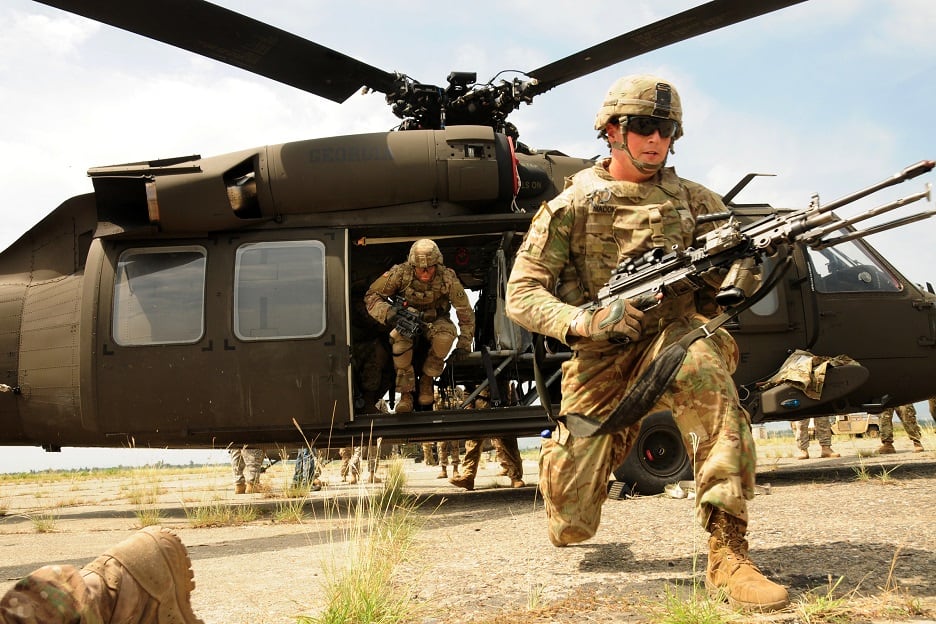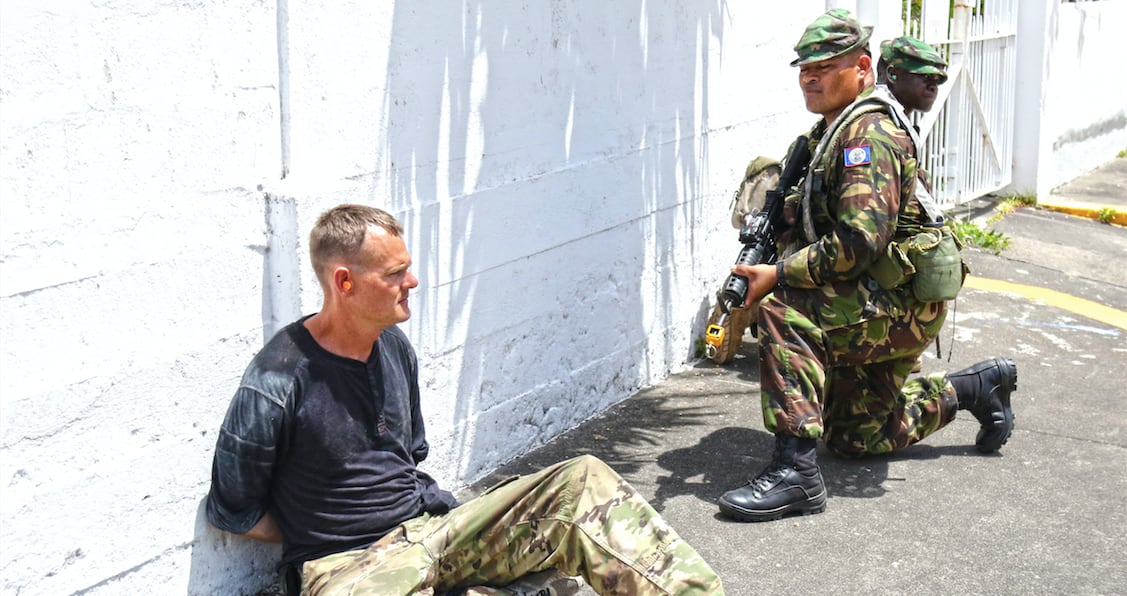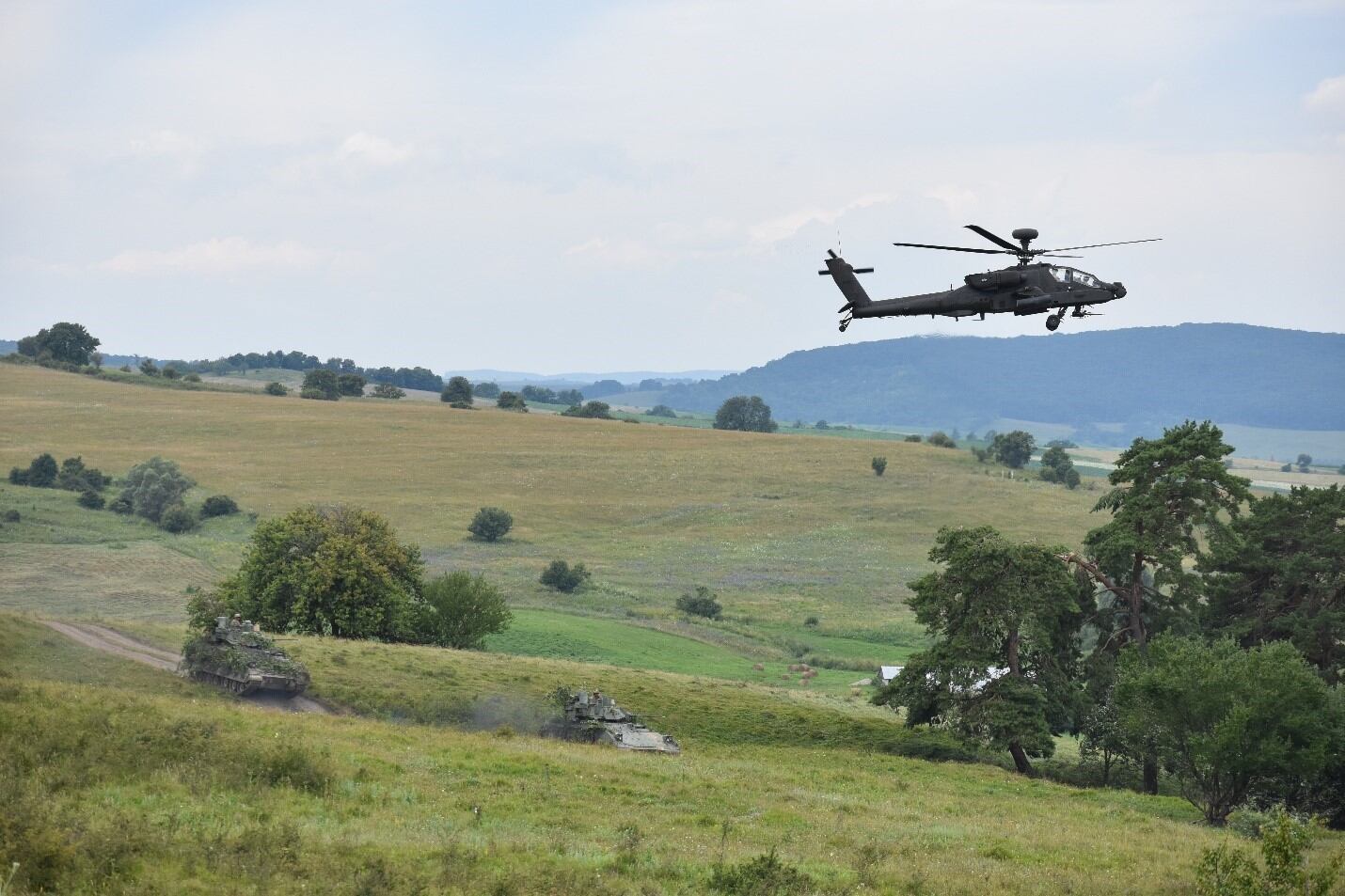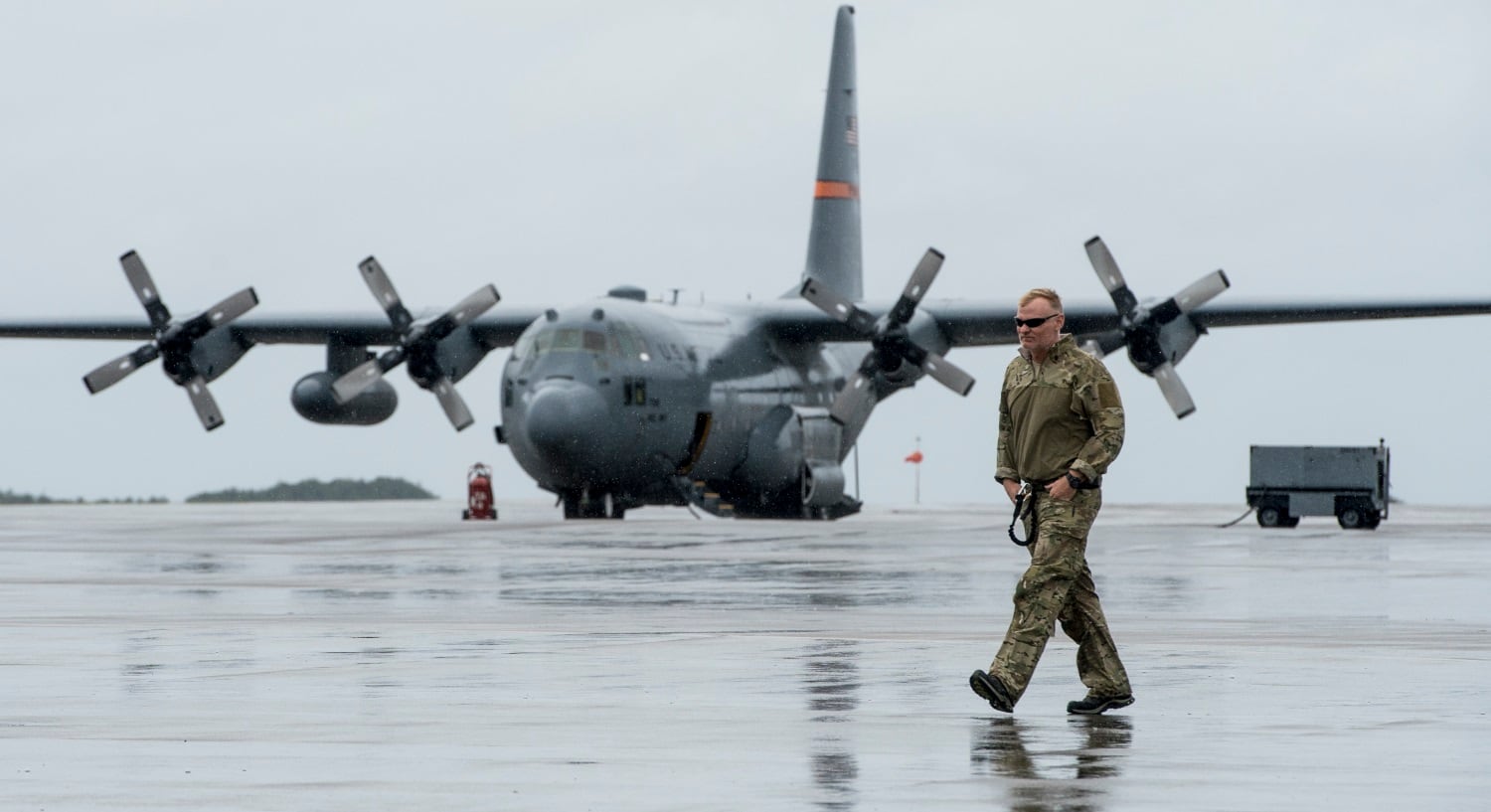NEW ORLEANS — The Tennessee National Guard currently has trainers in Ukraine, armored units in Poland, aviators in Kosovo, and other airmen and soldiers deployed across Southeast Asia and the Middle East. That’s to say nothing of domestic missions like disaster relief for which they are also responsible.
Although those missions are broad, Tennessee Adjutant General Maj. Gen. Max Haston said his guardsmen are well trained to accomplish their tasks. Still, readiness shortfalls on big-ticket items strain their capabilities.
“The biggest thing that does impact readiness ... is ensuring we have a common platform across our services,” Haston told Military Times.
“We’ve done a terrific job of taking care of our soldiers with the fielding of individual personal equipment — ballistic vests, helmets, all that stuff. ... But it’s the major end items. It’s the tanks, the Bradley [fighting vehicles], the helicopters and the planes," he said.
Haston explained that readiness issues aren’t exclusive to Tennessee Guardsmen. He said they were “enterprise-wide," and boiled down to “dollars and cents.”
“That comes down to defense budgeting and where the [Defense Department] wants to put their money,” Haston added.
RELATED

Readiness concerns aren’t something the Guard cooked up on its own. It was the first issue Defense Secretary Jim Mattis brought up during his speech at the 2018 National Guard Association of the United States conference in New Orleans last month.
“The way we’re going to address the challenges we face is we’re going to restore readiness across our force, and you [the National Guard] are considered every bit a part of that force as any active element," Mattis said. “We cannot be unprepared when destiny in the form of mobilization day taps us on the shoulder, for then it will be too late."
While his words were welcomed, Guard leadership was still left wondering what the next step will be while they juggle missions abroad with training constraints at home due to outdated equipment.
One example: the Tennessee Army National Guard’s 278th Armored Cavalry Regiment operates M1A1 Abrams AIM SA tanks, according to Haston. However, active-duty Army units, by and large, are operating the newer M1A2 SEP variant.
These tanks require different parts. When Haston’s armored units were preparing for a deployment at the National Training Center at Fort Irwin, California, recently, the only replacement parts available for tanks were for the SEP model, not the AIM.
RELATED

“I couldn’t get parts readily available for my tanks,” he said. “So we had to send that out on a worldwide request to get those parts shipped in."
Another example, but on the Air National Guard side, is Haston’s 134th Air Refuleing Wing, out of Knoxville, Tennessee, which flies the KC-135 Stratotanker on missions just about every day.
“[They’re] the best gas pastures east of the Rockies," Haston said. “But they’re flying airplanes that were built the year I was born — 1957. Now, they’ve been [re-fabricated] but we’re still not in that fielding line to get new airplanes, like the KC-46."
The KC-46 is the Air Force’s new refueling tanker. The service last planned to buy almost 180 KC-46 aircraft from Boeing, but Haston said that his units aren’t in that upgrade plan.

Another example of readiness issues relates to helicopters. The AH-64 Apaches guardsmen fly across the nation are in short supply, and that’s even after the Guard fought to retain four battalions of the attack helicopters.
“An Apache battalion on active duty has 24 aircraft. An Apache battalion in the Guard has 18 aircraft, but still has 24 crews," Haston said. "So when they deploy that battalion, they have to take 24 aircraft because that’s what any combatant commander expects to receive.”
When Guard Apaches deploy, they leave a shortfall at home-station, and the crews who remain stateside must still train on what’s left behind.
“So what ends up happening is you fly 24 crews on 18 aircraft, and you end up flying the rotor blades off these Apaches," Haston said. “And so the message I’m trying to get across is we [the Guard] need the same tank, the same aircraft, the same Howitzer, the same radio system.”
After Mattis' speech, a lieutenant colonel from the Delaware Air National Guard also voiced concerns on the big-ticket side of readiness.
“One of the challenges we face is older, out-dated equipment,” the Air Guardsman said. “By 2020, we won’t be able to fly C-130Hs overseas, we’ve got outdated Alpha models on Blackhawks, and I could go over and over again on recapitalization of fighters ... so how do we assure the National Guard stays relevant?”

The C-130H fleet may be rendered inoperable by 2020 due to Federal Aviation Administration and international safety regulations, unless its modernized through a recapitalization program. But even that costs money.
Mattis responded by saying that the $700 billion secured by Congress this fiscal year and the roughly $717 billion possibly coming next year will go a long way toward raising the capability for the total force.
However, Mattis cautioned that readiness concerns aren’t unique to the Guard, and when equipment comes off the production line the Pentagon has to field it on a first-need basis.
“We’re engaged in raising the force and, obviously, the first out the door are getting the front of the line and we’ll keep right on raising anyone, including the strategic reserve,” Mattis said. “This is going to be a rising tide for everybody.”
Kyle Rempfer was an editor and reporter who has covered combat operations, criminal cases, foreign military assistance and training accidents. Before entering journalism, Kyle served in U.S. Air Force Special Tactics and deployed in 2014 to Paktika Province, Afghanistan, and Baghdad, Iraq.




